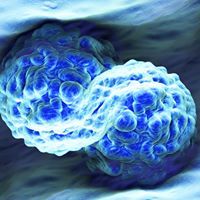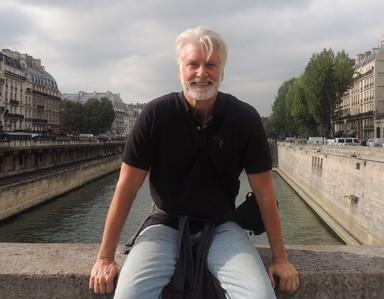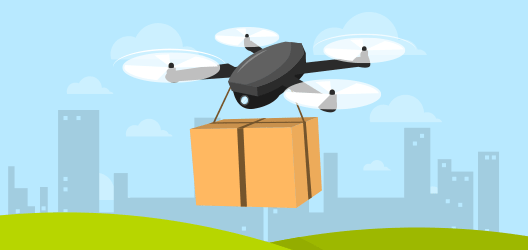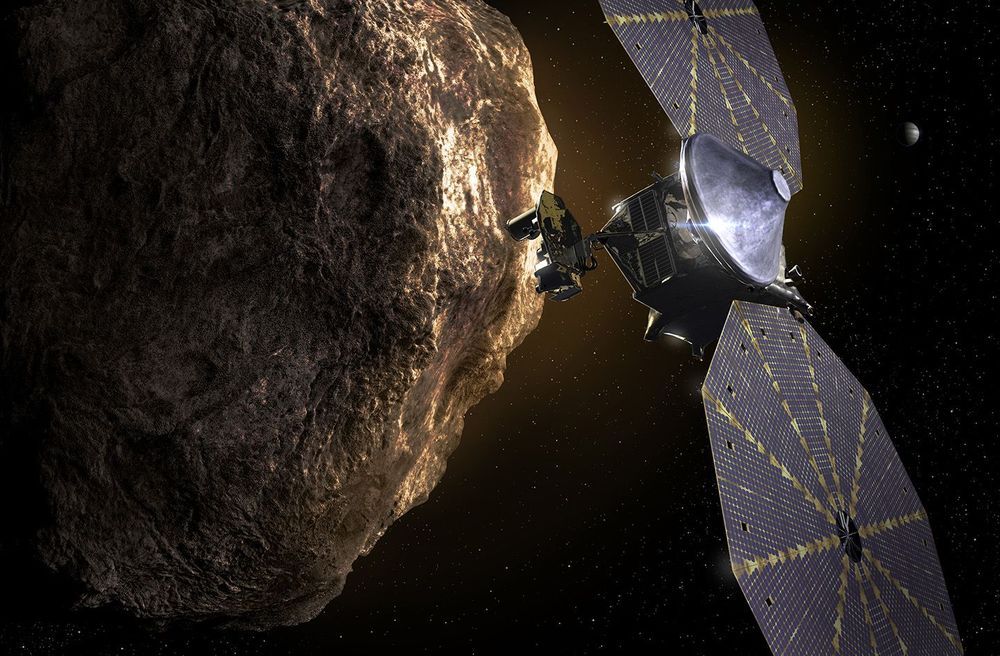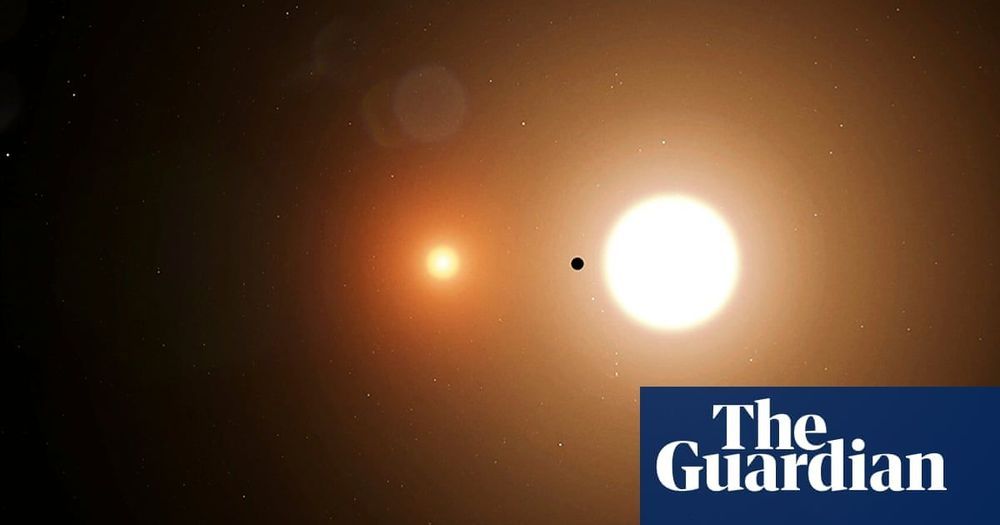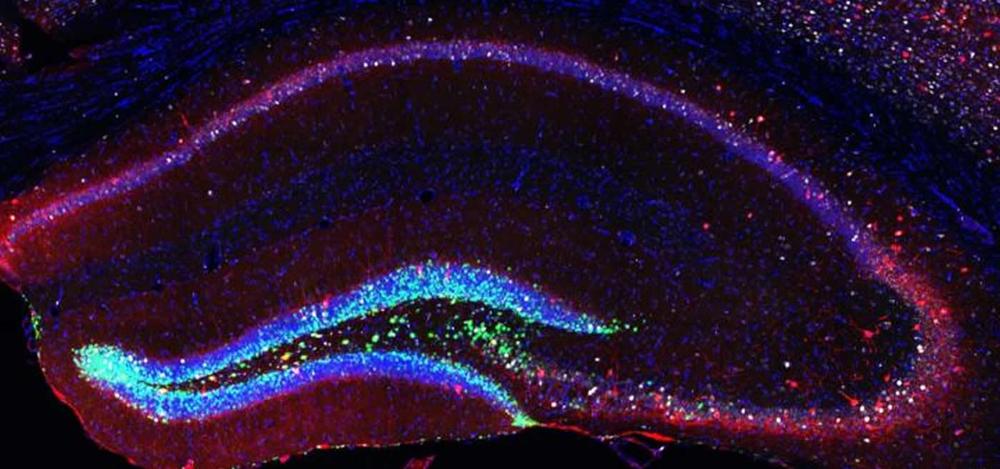Jan 11, 2020
A New Study Claims to Disprove Dark Energy—but Cosmologists Aren’t Convinced
Posted by Paul Battista in category: cosmology
It would be really, really exciting if a single observation could completely overturn astrophysicists’ current understanding of the universe. But that hasn’t happened yet, at least with regards to dark energy.
This week, a press release proclaimed that “new evidence shows that the key assumption made in the discovery of dark energy is in error,” garnering some attention from astronomers and riling up science skeptics. But scientists have already identified some issues with the paper’s claims.

